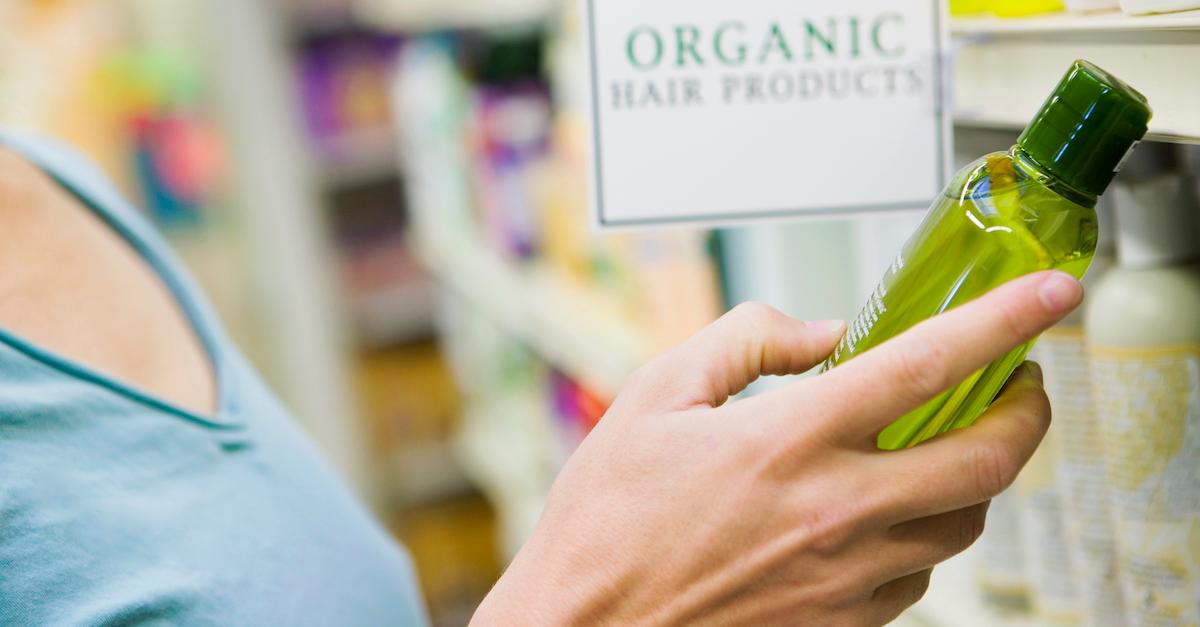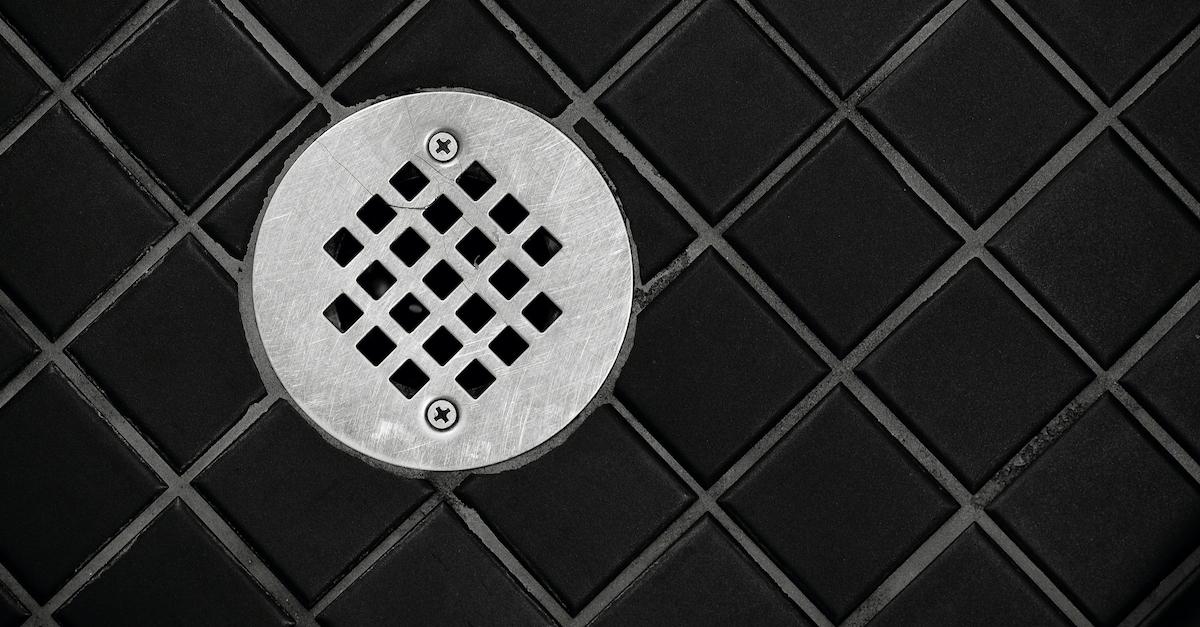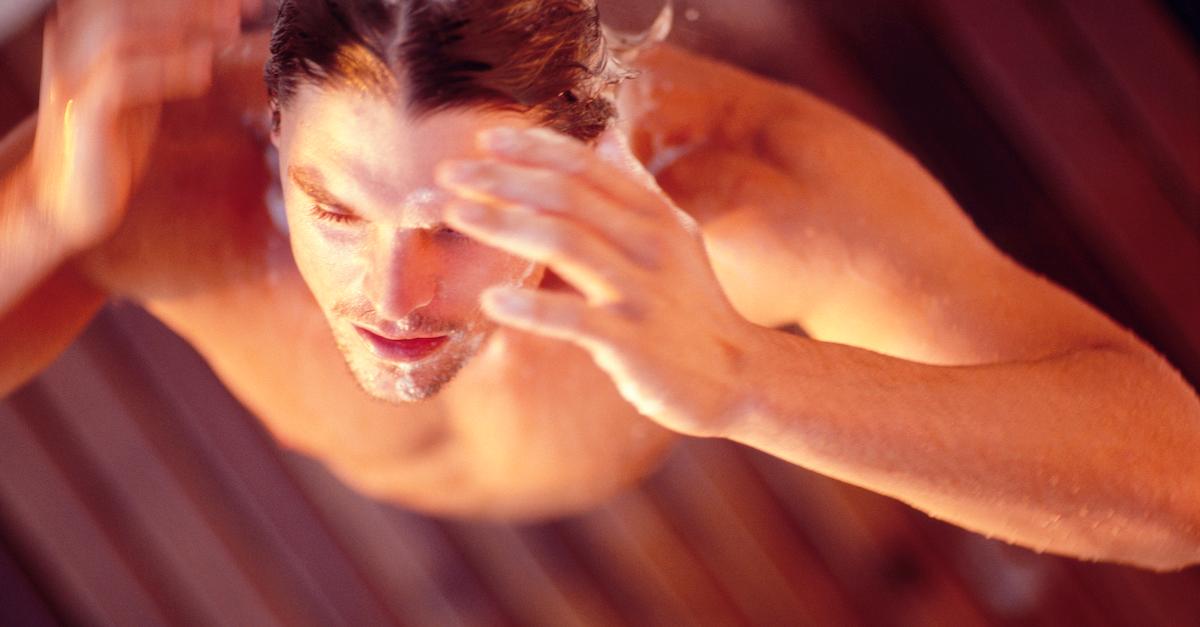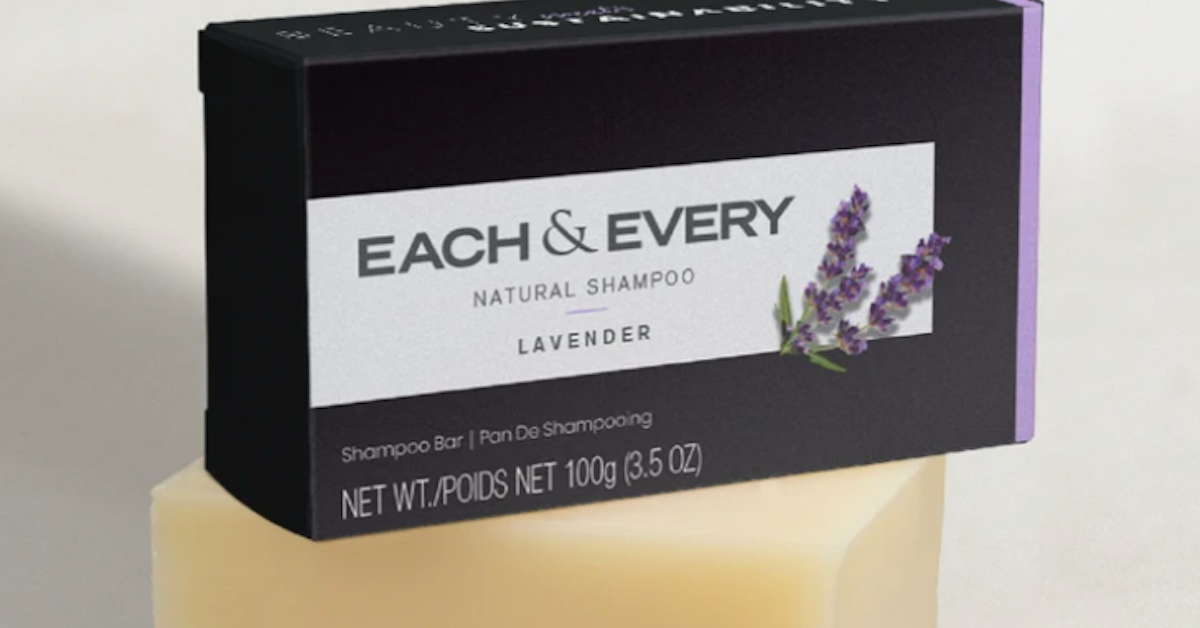How Traditional Shampoos Can Affect the Environment, and Eco-Friendly Alternatives
Updated Dec. 17 2020, 5:15 p.m. ET

Over the last few years, the market for sustainable cosmetics has grown tremendously, from cruelty-free makeup to conditioner. Sometimes, it can feel like everybody has an opinion on the safety of cosmetics, but the two most important factors are how the ingredients affect the environment, and packaging that most often comes with it.
Shampoo, for example, often comes in plastic packaging and strips your hair of its natural oils using harsh — and sometimes toxic — chemicals. So, how does shampoo affect the environment? Read on for the dirty details.

How are traditional shampoos harmful?
To humankind or to the environment? Let’s start with people. According to Health Status, the chemicals found in shampoo can pose some terrifying health risks such as memory and hair loss, as some contain toxic carcinogens. A number of other common ingredients have also been known to cause eye and skin irritation, hair follicle damage, and other health complications.
More importantly, though, whatever goes down the drain ends up in our waterways, and oftentimes, pollute our drinking water, harming humans and animals alike. That said, many commercial brands are made with harsh chemicals – additives, parabens, fragrance, phthalates, and more — which can wreak havoc on our water supply. Chemicals such as sodium laureth sulfate, for example, can induce mutations in animals’ genetic makeup, which can sometimes be fatal.

Make sure to watch out for these ingredients:
Before you look up the eco-friendly ingredients in shampoo that are better alternatives for the environment, you need to know which shampoo ingredients to avoid. Some harmful ingredients you should always look out for include: sodium laureth sulfate, parabens, phthalates, ammonium chloride, formaldehyde (and formaldehyde-producing chemicals), Methylchloroisothiazolinone, and fragrances.
That being said, there are a few eco-friendly ingredients that are always safe for the planet. In lieu of fragrances, shampoos made with natural essential oils are safe. Whether it’s lavender, tea tree or eucalyptus, it’s a safer bet than the general “fragrance.” Other ingredients like water, natural minerals, herbal extracts, castor oil, coconut oil, and olive oil are also guaranteed to be non-toxic.

What are some eco-friendly shampoo brands?
There are plenty of organic shampoo products out there, but even shampoos that have healthy formulas generally come in plastic packaging. However, brands like True Botanicals and Plaine Products make shampoo (and other haircare products) without harmful ingredients, and are packaged in sustainable and reusable packaging.
Shampoo bars tend to be most sustainable, as they typically come in paper packaging, and are often made with eco-friendly. non-toxic, and healthy ingredients. They also require no means of disposal — at the end of their lives, shampoo bars simply disappear. Any residual soap can safely travel down the drain and if it makes its way into the oceans or other waterways, it won’t harm either the water or nearby wildlife.
Each & Every's plant-based shampoo bar, for example, is made with all-natural ingredients, it lasts up to three times as long as traditional shampoos, and it uses 90 percent less water than traditional bottled brands. Spring & Vine also makes a shampoo bar that's sulfate-free and comes in several amazing scents.
Here's how to make your own shampoo:
Before succumbing to buying another conventional shampoo product, making your own shampoo at home is simple — all you need are a few simple household ingredients: water, vegetable-based soap, vegetable oil or glycerin, and your favorite essential oil. Homemade shampoo is additive-, paraben-, and phthalate-free, and although your hair may take time to adjust, ii'll get the job done without hurting you or the environment.
To make homemade shampoo, you will need:
- ½ cup water
- 1 teaspoon vegetable oil (or glycerin)
- ½ cup vegetable-based soap such as Dr. Bronner’s
- 10-20 drops of the essential oil of your choice
Start by combining all of the ingredients in a repurposed or refillable bottle. Shake it well and when you use your at-home shampoo, be sure to rinse off your hair with warm water rather than cold.
If you are not sure which essential oil to add to your homemade shampoo formula, consider that lavender, peppermint, rosemary, cedarwood, lemongrass, thyme, and tea tree are some of the most effective essential oils for promoting hair growth. According to Healthline, ylang ylang essential oil, and horsetail plant extract also promote hair growth.
